 After writing Chetnas Healthy Indian, I went to India for a few weeks in search of fresh inspiration.
After writing Chetnas Healthy Indian, I went to India for a few weeks in search of fresh inspiration.I was lucky to meet many home cooks people who prepare healthy, quick, tasty meals for their families every day while working full-time. I wanted to see whether Indian people were opting for short cuts, ready-made spice pastes, ready meals and takeaways these days. Certainly it has become trendy to eat out, but not for everyone I was gratified to find that lovely home-cooked meals are still the norm for many people. Being a Punjabi, I know Punjabi food very well, but we all know theres more to Indian cuisine than that. So I met people from different parts of the country, to gain a better understanding of local styles of cooking, and it was one of the best things I have ever done. I feel so fortunate that people were willing to let me into their home and kitchen (which in India, is not just another room but a sacred and personal space for many).
To find so many women happy to welcome me and share some of their favourite recipes made the trip magical. And you will find that some of these recipes were used as inspiration in this book. The recipes here take very little time or effort, yet they deliver again and again It still amazes me how these ladies cook with such ease and confidence. Even using simple traditional equipment and basic spices, they turn out meal after meal of incredibly delicious and nutritious food for their families. I came back so excited about all the amazing food I enjoyed while in India and couldnt wait to get to work on this book. The recipes here take very little time or effort, yet they deliver again and again.
Most of them you can use midweek of course, those that need a little extra attention are great for the weekend. The soups and salads are refreshing and light. Personally, I found the beetroot and peanut salad, and the lentil and mango one, revelatory. If you were to try only one soup from this book, make it the garlic and tamarind rasam it blew my mind with its intense, stunning flavours. The canap chapter is one I would use a lot, as I love having friends over. But its recipes are not just for entertaining theyre also great for picnics and packed lunches.
The hari bhari tikki is a great go-to snack for every season, and the gram flour stuffed chillies could soon become your party favourite. Sabji is a term we use for dry dishes, almost like Indian vegetable stir-fries. Theyre served with flatbreads of all sorts naan, chapatti, paratha or with dal and rice, but I also like to use them as fillings for sandwiches, wraps and toasties. Just like stir-fries, they dont take long to cook. The podi potatoes, okra in pickling spices, and paneer with asparagus are all must-tries. Pulses are such an important part of Indian meals.
I have already shared many dal recipes, but here are some more! They are so wholesome, comforting and simple, yet they taste amazing. In this book I want to help you understand different types of pulses, whether lentils, beans or peas, a bit more. Do try all the recipes, but dont miss the spinach chickpeas and the spinach and coconut dal, which I think are outstanding. The curry chapter is also one of my favourites. Ive created some exciting new recipes, which bring out the flavours of the veg but also have subtle spicing running through them. Each and every curry in here is a triumph, even if I do say so myself.
Of course a curry needs to be enjoyed with rice or roti, so I have a chapter to help you choose a brilliant side for your meal. There are handy one-pot rice dishes in here too, which if you dont finish them in one meal are great to have reheated a couple of days later. Dont underestimate how a simple dollop of good chutney or raita can make a meal extraordinary. Ive included fruits, leaves and even fava beans in this section, but do please try the aubergine raita I think it will make you fall in love with aubergines like no other recipe could. If youre someone who needs to finish meals with a little something sweet, thats exactly what youll find here. 

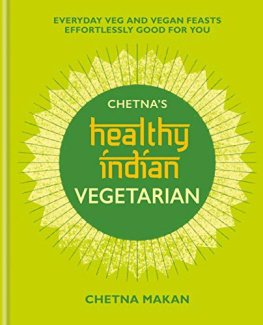
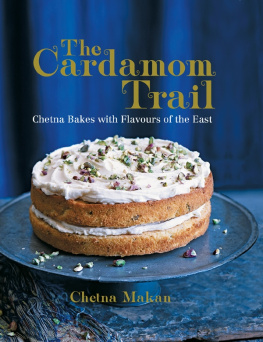
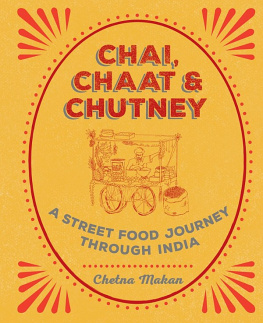
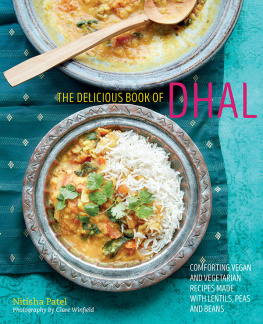
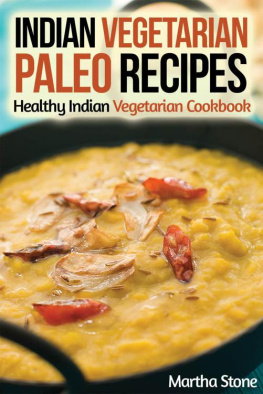
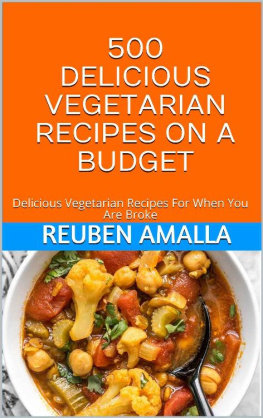

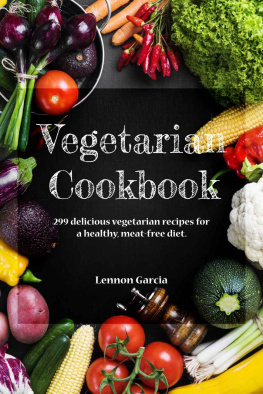
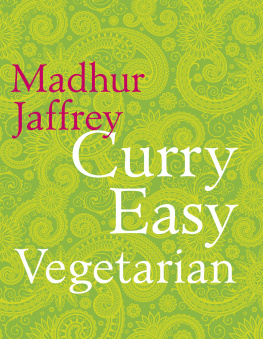

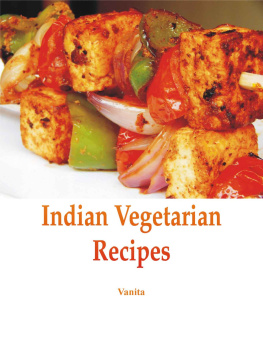
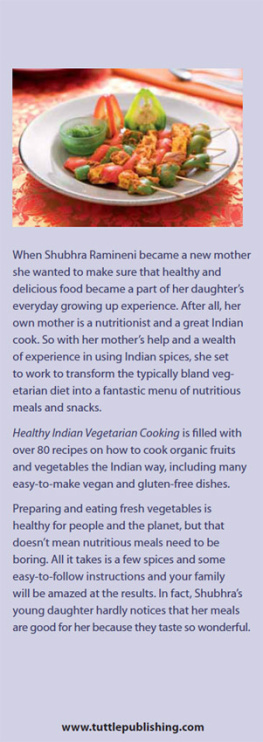


 After writing Chetnas Healthy Indian, I went to India for a few weeks in search of fresh inspiration.
After writing Chetnas Healthy Indian, I went to India for a few weeks in search of fresh inspiration.